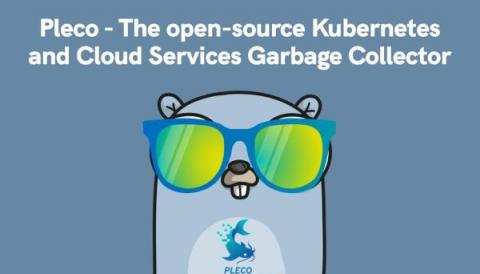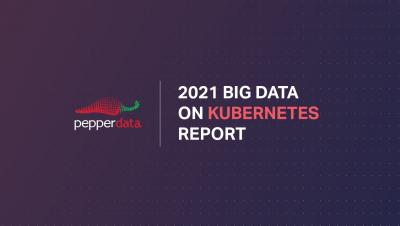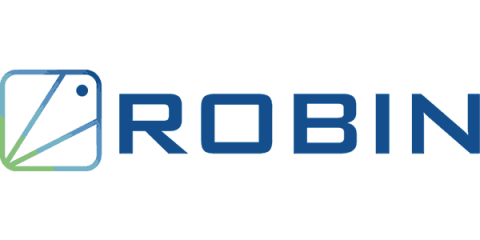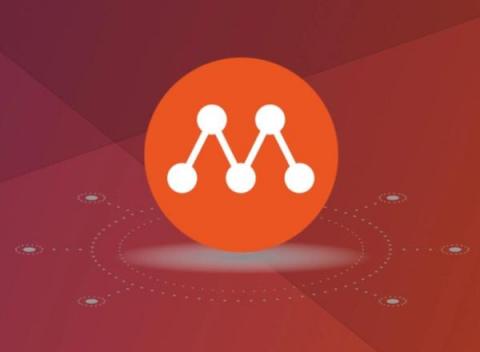Operations | Monitoring | ITSM | DevOps | Cloud
Containers
The latest News and Information on Containers, Kubernetes, Docker and related technologies.
Announcement: Pleco - the open-source Kubernetes and Cloud Services garbage collector
TLDR; Pleco is a service that automatically removes Cloud managed services and Kubernetes resources based on tags with TTL. When using cloud provider services, whether using UI or Terraform, you usually have to create many resources (users, VPCs, virtual machines, clusters, etc...) to host and expose an application to the outside world. When using Terraform, sometimes, the deployment will not go as planned.
Codefresh 2021: Year In Review
Codefresh has a very clear mission to enable enterprise teams to confidently deliver software at scale. We are incredibly grateful to our customers who are succeeding with deployments to the cloud, on-prem, and at the edge. Codefresh is powering critical software delivery for some of the world’s most popular gaming and media companies as well as regulated environments in hospitals, at banks, and for defense. So this post is dedicated to all of you who have enabled Codefresh to grow!
2021 Kubernetes on Big Data Report: Data Management | Pepperdata
Decoding Kubernetes: Is Robin the industry's answer to enterprise demands?
If the last few years have taught us anything, it is that digital transformation is an inevitable reality for all industries, across the globe. Enterprises are running thousands of applications to deliver to growing customer needs. Data centers are continuously evolving to cater to these applications, with yesterday’s siloed, on-premises versions eventually making way to the hybrid cloud models that we see today.
The rise of private 5G: Why enterprises are pushing play on private 5G deployments
Private 5G is becoming the technology of choice for organizations worldwide. Especially with the advent of Industry 4.0, private 5G has gained traction in emerging sectors, like smart manufacturing, where low latency, high capacity and data security are all critical parameters to business success. Recent studies have revealed that private 5G is becoming a key business strategy for CIOs, with the vast majority planning to deploy it in standalone or hybrid ecosystems within the next two years.
It's All About Developer Experience [DX]
Looking at where major DevOps trends are headed, a common theme across many tools and practices is improving the Developer Experience or DX. One paradigm of thinking is that if you improve your internal customer experience, then your external customers will benefit too. However, up until now, the Developer Experience has been quite siloed and segregated for a multitude of reasons, such as scaling or having best-of-breed technologies to support individual concerns. Presentation on DX.
How-To: Docker on Windows and Mac with Multipass
If you’re looking for an alternative to Docker Desktop or to integrate Docker into your Multipass workflow, this how-to is for you. Multipass can host a docker engine inside an Ubuntu VM in a manner similar to Docker Desktop. That Docker instance can be controlled either directly from the VM, or remotely from the host machine with no additional software required. This allows you to run Docker locally on your Windows or Mac machine directly from your host terminal.
Protect Cloud Native Applications from Log4Shell with VMware Tanzu Service Mesh
VMware has published a detailed analysis of the Log4Shell exploitation, explaining how VMware security products are helping in multiple ways to detect and contain the exploit. Source: Swiss Government Computer Emergency Response Team.
How To Use Buildpacks To Run Containers
The high demand to deliver software that is both highly available and able to meet customer requests has, in part, led to the adoption of microservice architecture, a software architecture pattern that makes it easier to deploy applications as self-contained entities called containers. These containers are nothing but processes that run as long as the application in them is running.










